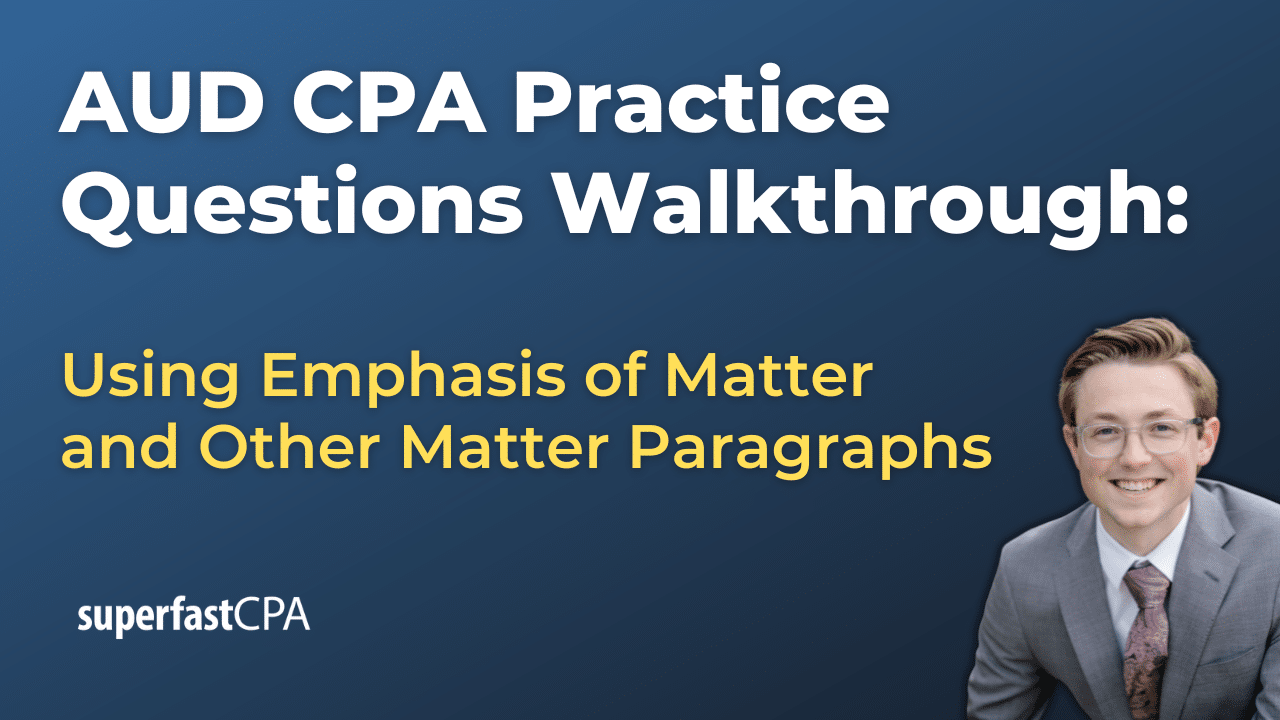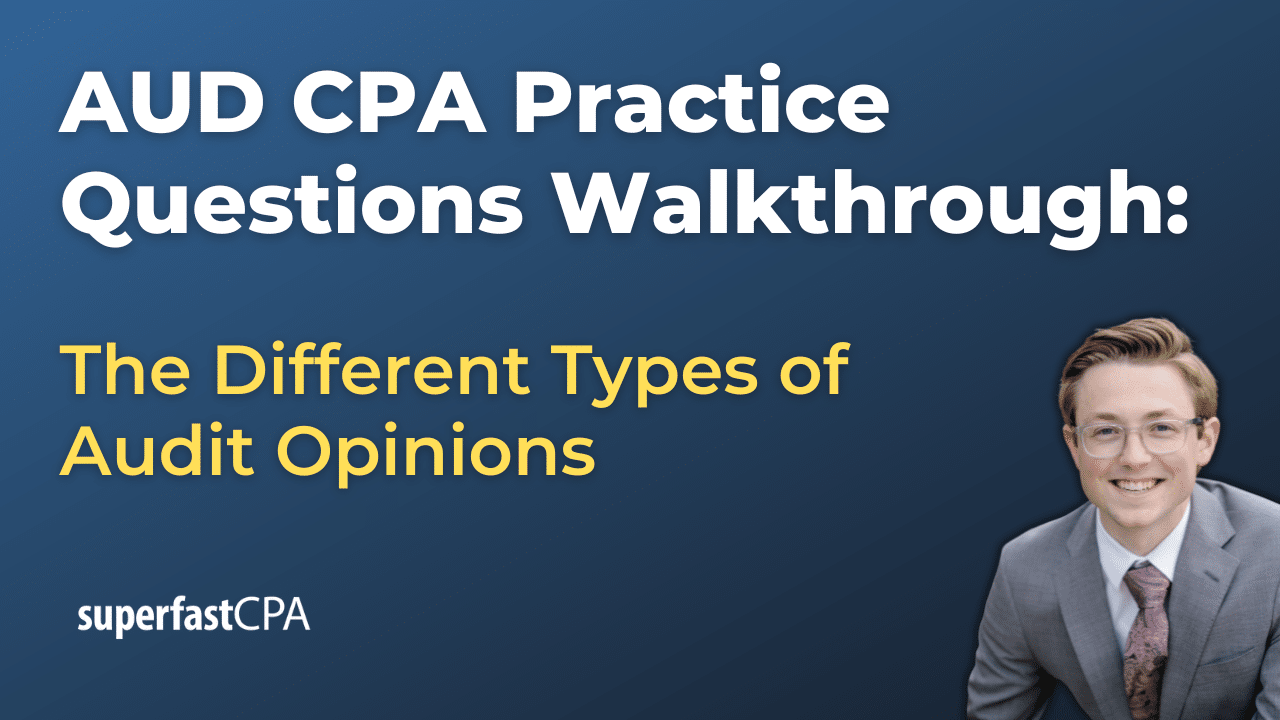Rational Choice Theory
Rational Choice Theory is a framework for understanding and modeling social and economic behavior. The primary premise of this theory is that individuals make decisions based on their rational judgments and evaluations. They aim to maximize utility or benefit and minimize potential costs. The theory is rooted in the classical economic idea that individuals consistently make choices that lead to the best outcomes for themselves, given the constraints they face.
Key principles of Rational Choice Theory include:
- Individuals make choices based on their preferences: Every individual has preferences, and they can rank different outcomes based on these preferences.
- Rationality: People act rationally, meaning they will choose the best action according to stable preference rankings and constraints. They systematically process all available information to make the best decision.
- Utility Maximization: People try to maximize their benefits or utility. In economic contexts, this often means maximizing wealth or profit, but in other social sciences, it might refer to maximizing other types of benefits, like happiness or satisfaction.
- Constraints: Every choice is made within a set of constraints, which can be budgetary, temporal, social, or of any other nature.
- Information: Individuals make choices based on their knowledge and information. However, obtaining information often comes at a cost, so individuals might not always seek or have perfect information.
Rational Choice Theory has been applied in various disciplines:
- Economics: It forms the foundation of neoclassical economics, explaining how consumers and producers make choices regarding buying and selling.
- Political Science: It’s used to model the behavior of voters, politicians, and bureaucrats, among others.
- Sociology: Used to explain various social phenomena, from crime (people commit crimes if they perceive the benefits to outweigh the costs) to marriage.
- Criminology: It asserts that people will engage in crime after weighing the benefits (like money or status) against the potential costs (like jail or fines).
While the Rational Choice Theory has been influential and useful in predicting and explaining many types of behavior, it’s not without criticisms. Some critics argue that not all human decisions are purely rational or based solely on utility maximization, pointing to factors like emotions, heuristics, biases, social influences, and altruism that can also play a significant role in decision-making.
Example of Rational Choice Theory
Let’s use the decision to commit a crime as an example through the lens of Rational Choice Theory.
Scenario: A person is considering whether to break into a house to steal a valuable item they know is inside.
Rational Choice Analysis:
- Benefits or Utility:
- Monetary gain: The item could be sold for a significant amount.
- Personal satisfaction: The thrill of stealing and getting away with it.
- Costs:
- Probability of getting caught: If there’s a security system, nosy neighbors, or patrolling police nearby, the chances of getting caught increase.
- Potential punishment: If caught and convicted, there might be a jail sentence, fines, and a permanent criminal record.
- Moral cost: Personal guilt or shame associated with committing the crime.
- Opportunity cost: Time and effort spent planning and executing the crime could be used for other activities.
- Information:
- The individual knows where the valuable item is located in the house.
- They are aware of the security measures in place.
- They’ve heard of recent police patrols in the area.
- Constraints:
- They don’t have sophisticated tools to bypass advanced security systems.
- They have limited time, as they believe the homeowners will return soon.
Decision:
After analyzing the potential utility and costs:
- If the perceived benefits (monetary gain and personal satisfaction) outweigh the combined potential costs (chances of getting caught, punishment, moral cost, and opportunity cost), the individual might decide to commit the crime.
- However, if the risks and costs seem too high, a rational individual would decide against the crime.
This example simplifies the decision-making process, but it illustrates how Rational Choice Theory can be applied to understand and predict behavior. In real life, other factors like emotions, peer pressure, and past experiences can also influence decisions, but Rational Choice Theory focuses on rational, utility-maximizing calculations.














